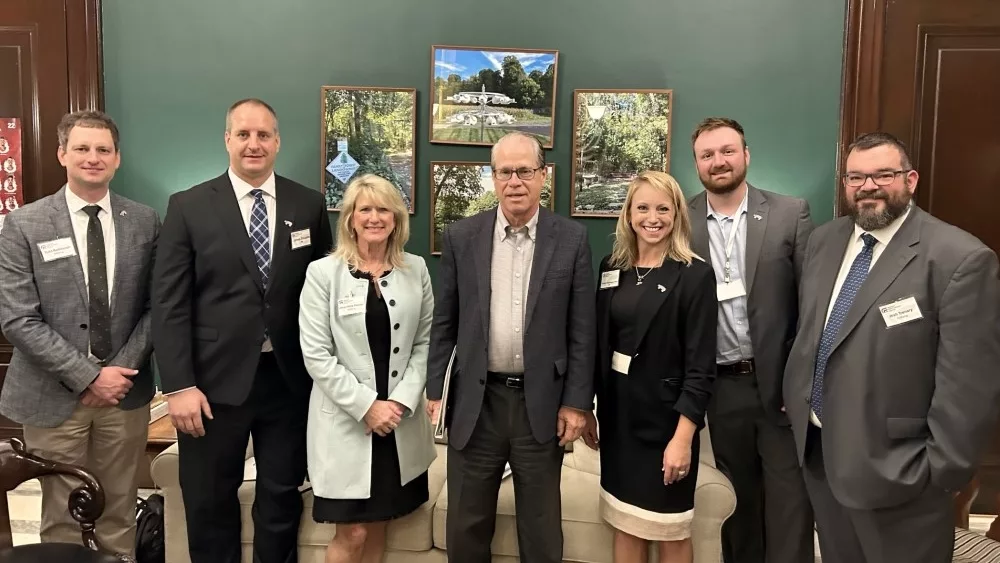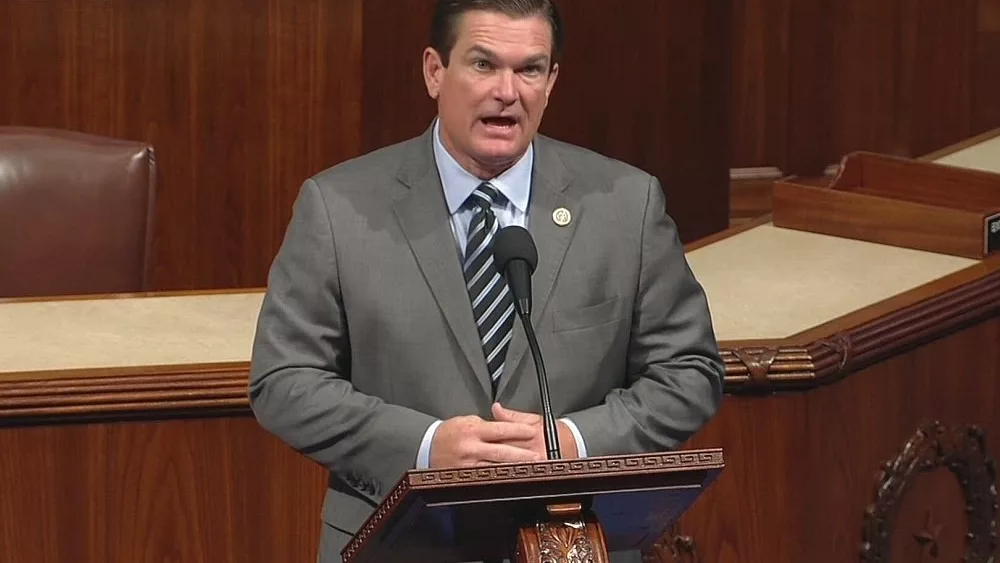
A farmer in Oregon discovered glyphosate resistant wheat last week in one of his fields. Though such genetic engineering (GE) has been common in corn and soybeans for more than a decade, wheat markets have never accepted GE products—and from what I can tell, no biotech company has really pushed to change that. According to the USDA, Monsanto was authorized to test GE wheat from 1998-2005. But such wheat was never approved for sale or commercially sold.
The USDA quickly pointed out that the GE wheat discovered was as safe as non-GE wheat, even for human consumption. But the USDA’s Animal and Plant Health Inspection Service (APHIS) launched a formal investigation. If APHIS determines that the GE wheat was a result of violation of the Plant Protection Act, it could seek civil penalties up to $1 million and refer the matter to the U.S. Attorneys’ office for criminal prosecution.
Still, this did not stop Japan from immediately suspending wheat imports. South Korea indicated it would increase inspections.
This led at least one wheat farmer to file suit, according to the Associated Press. In the lawsuit, Earnest Barnes, a Kansas wheat farmer of 1,000 acres, alleged that Monsanto’s gross negligence has harmed the price of wheat by closing off export markets. More lawsuits will likely follow.
All of this is somewhat dumbfounding to me, as an attorney who deals with environmental issues. When an environmental contamination case goes to trial, experts usually line up to testify about the pollutants that were found in groundwater or soil. Even when confronting some of the nastiest, dirtiest contaminants, state and federal environmental laws require remediation, or clean up, only down to a certain number of contaminants. These are typically measured in “parts per million” or “parts per billion.” For example, when remediating PCBs, Indiana law allows 5 parts per million to reside in the soil (depending on various factors). All of this is a long way of explaining the truth about environmental contamination—even “clean” property is not going to be 100 percent contaminant free.
GE opponents don’t understand that environmental law is all about parts per million, not 100 percent purity. Or perhaps they don’t care. This is why rejection of millions of tons of harvested wheat over a few GE wheat kernels growing in a field is – to this ag and environmental lawyer-shocking.
Todd Janzen grew up on a Kansas farm and now practices law with Plews Shadley Racher & Braun LLP, which has offices in Indianapolis and South Bend. He also serves as General Counsel to the Indiana Dairy Producers and writes regularly about agricultural law topics on his blog: JanzenAgLaw.com. This article is provided for informational purposes only. Readers should consult legal counsel for advice applicable to specific circumstances.
Submitted by: Todd J. Janzen, Plews Shadley Racher & Braun LLP





